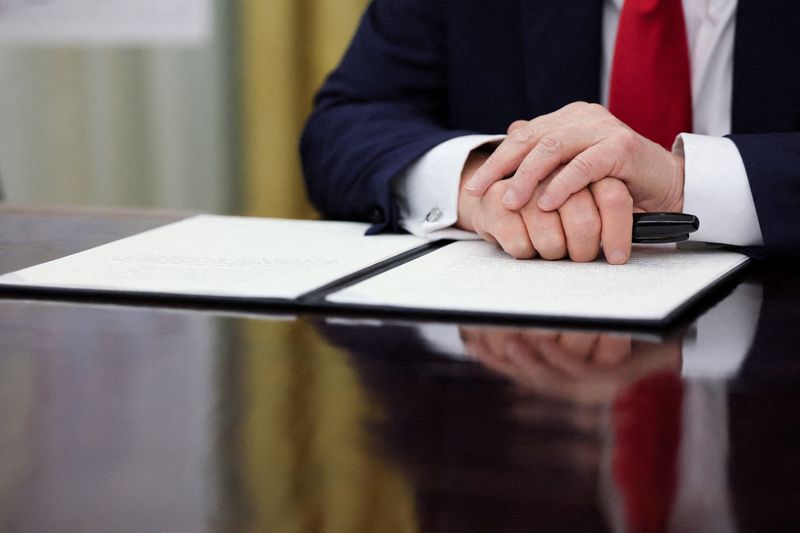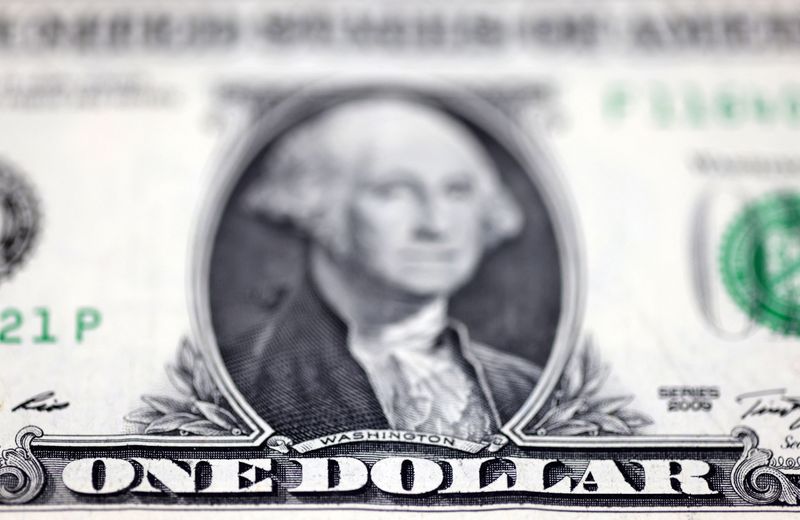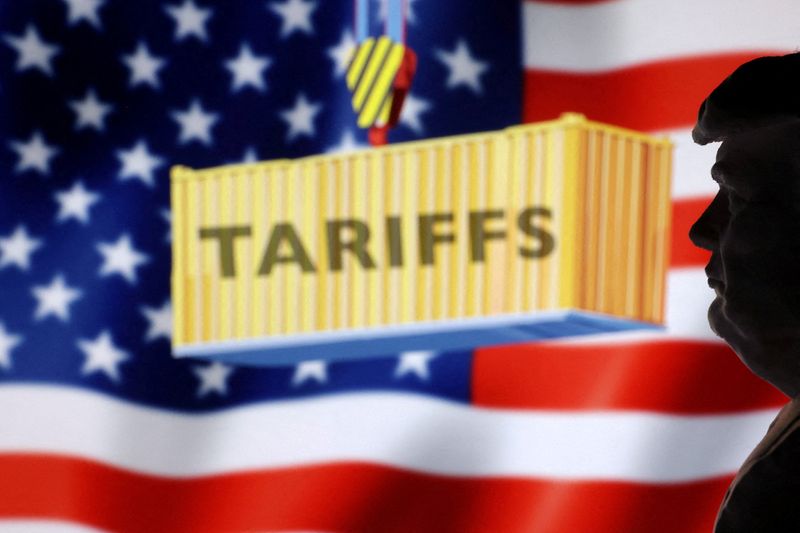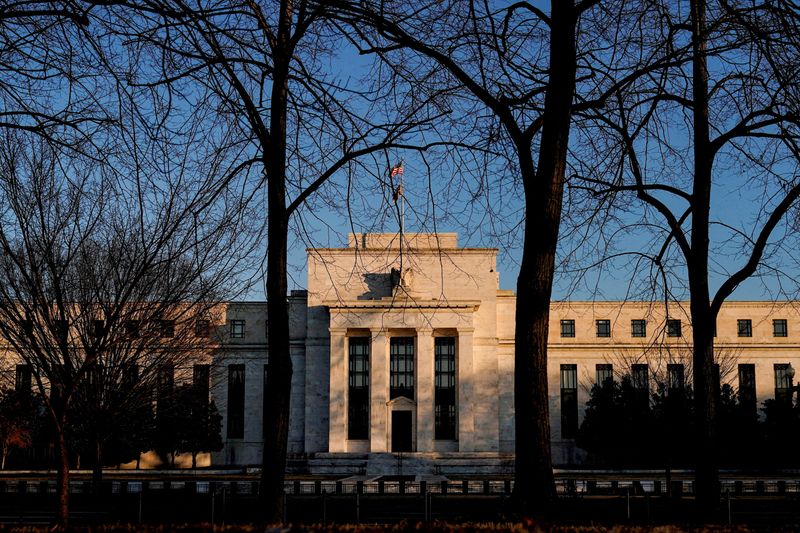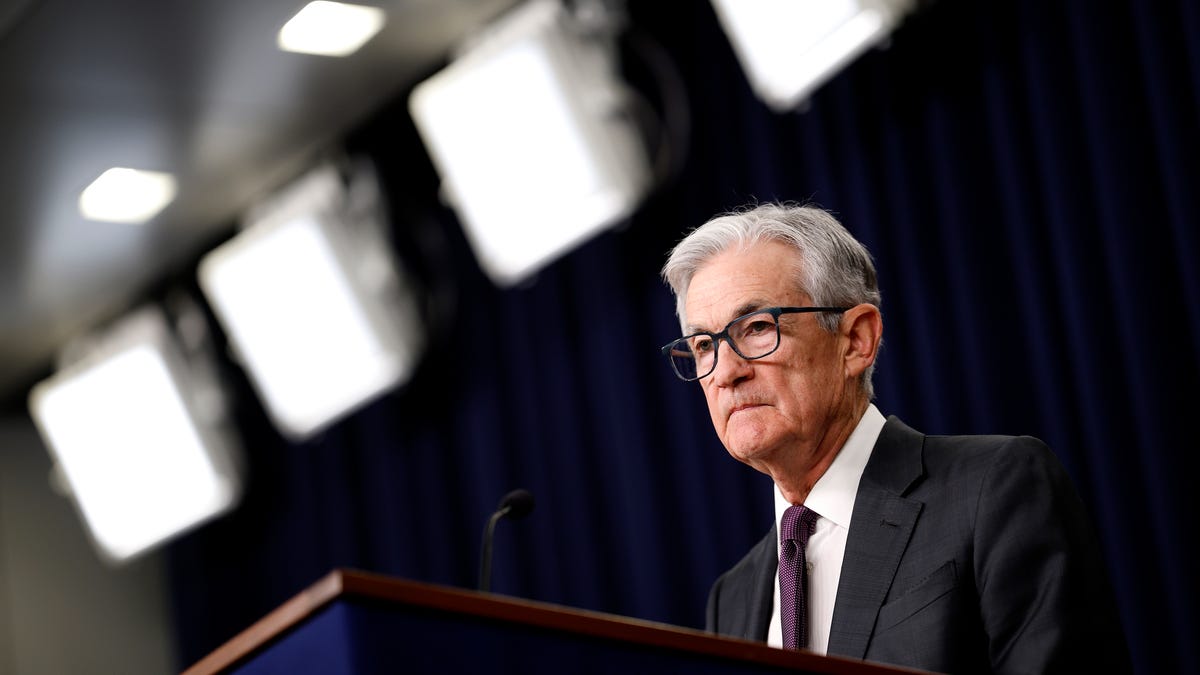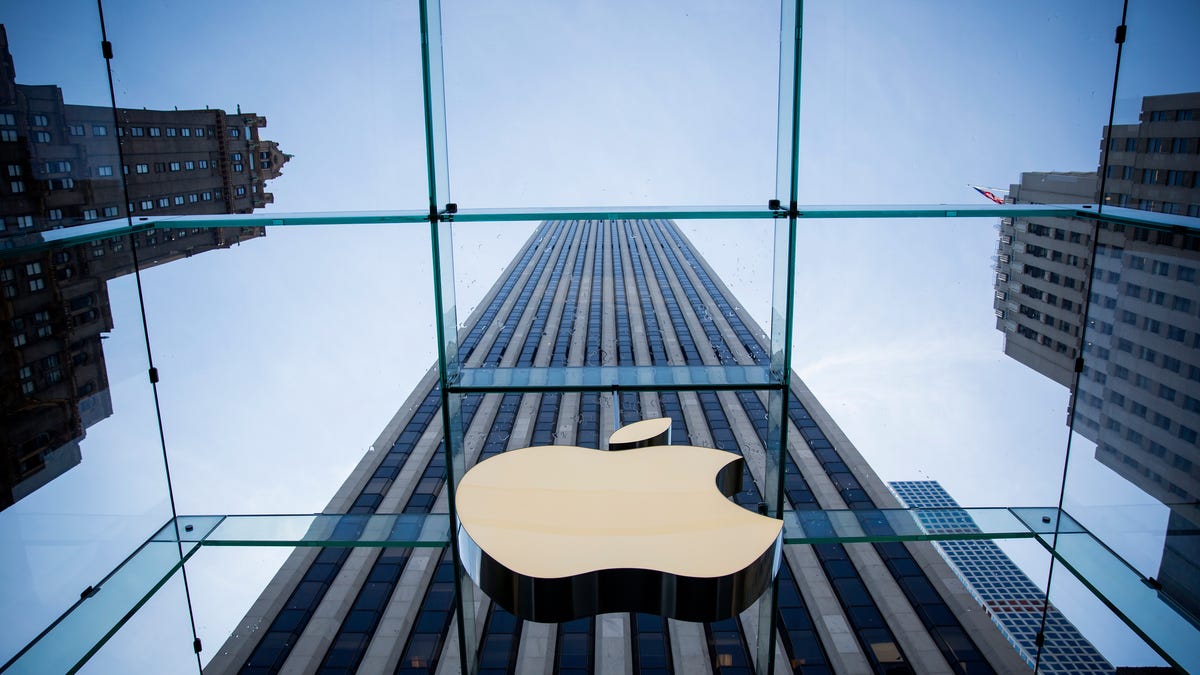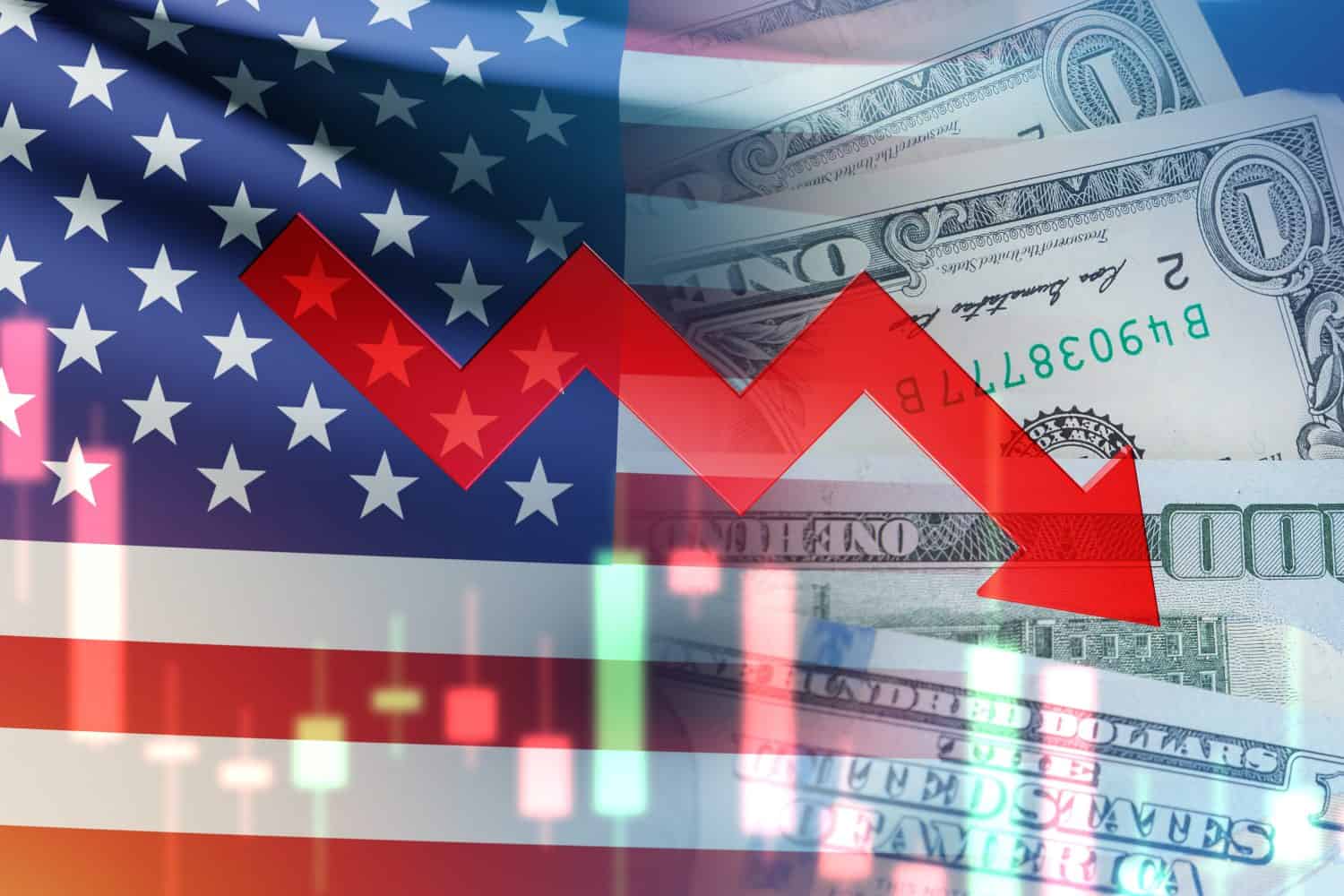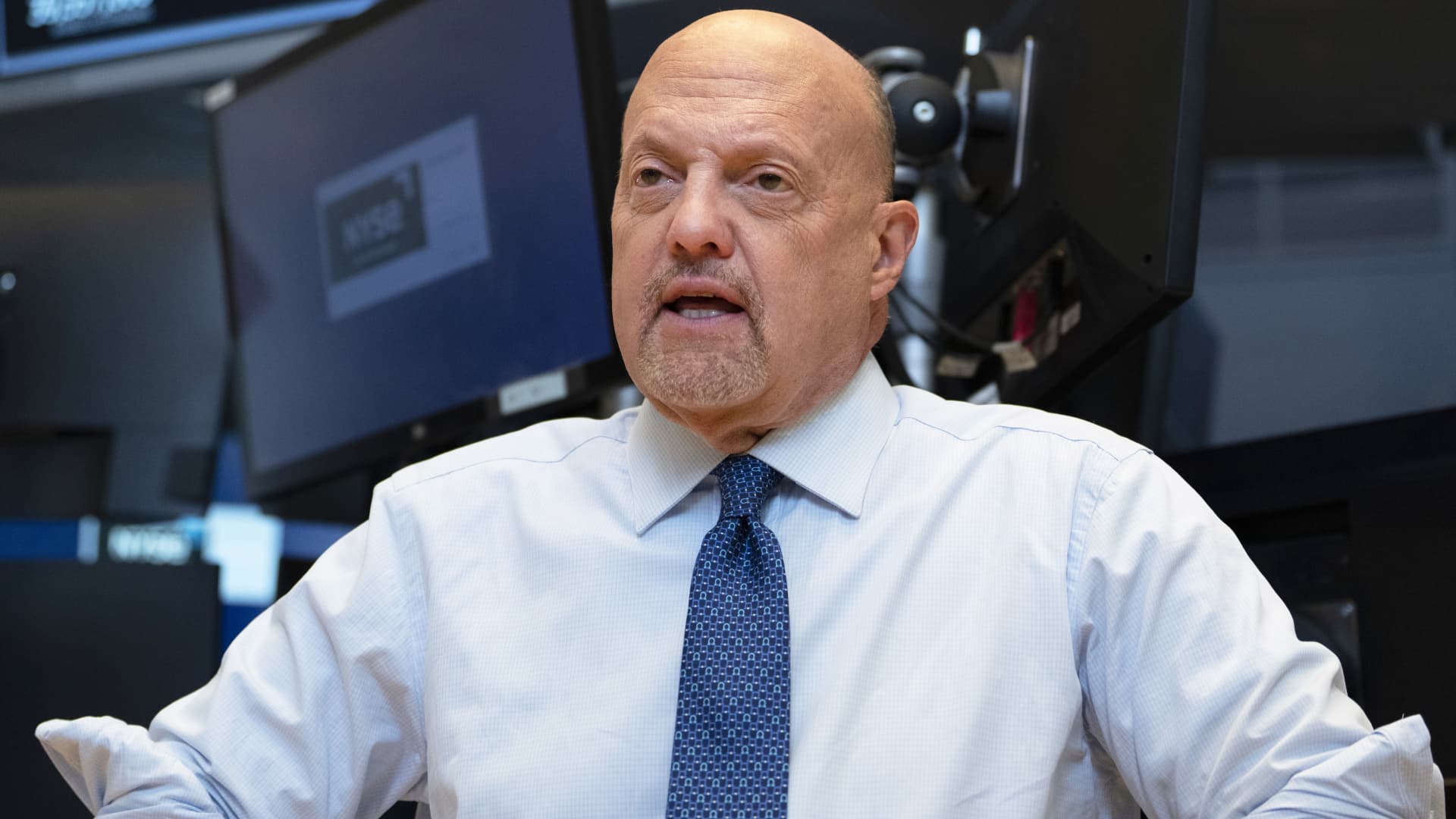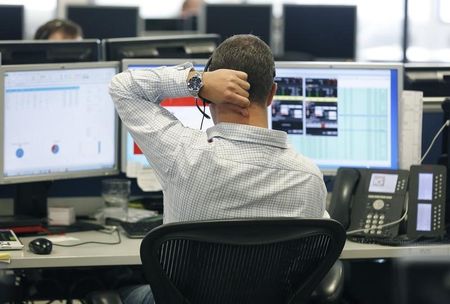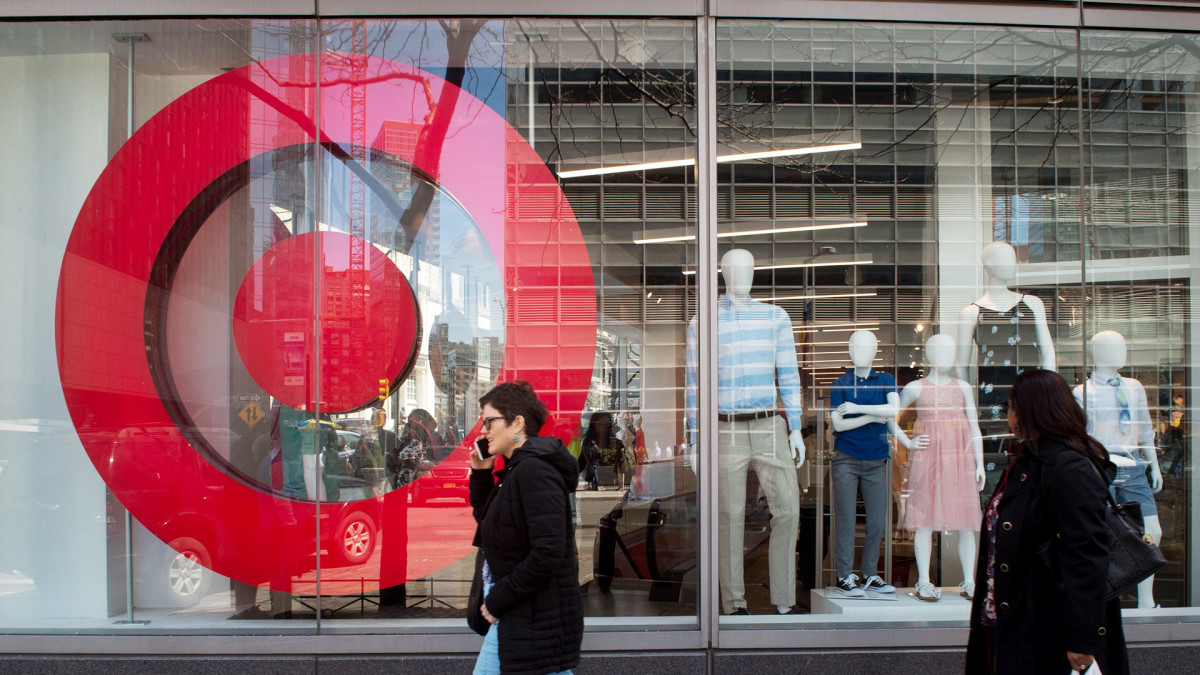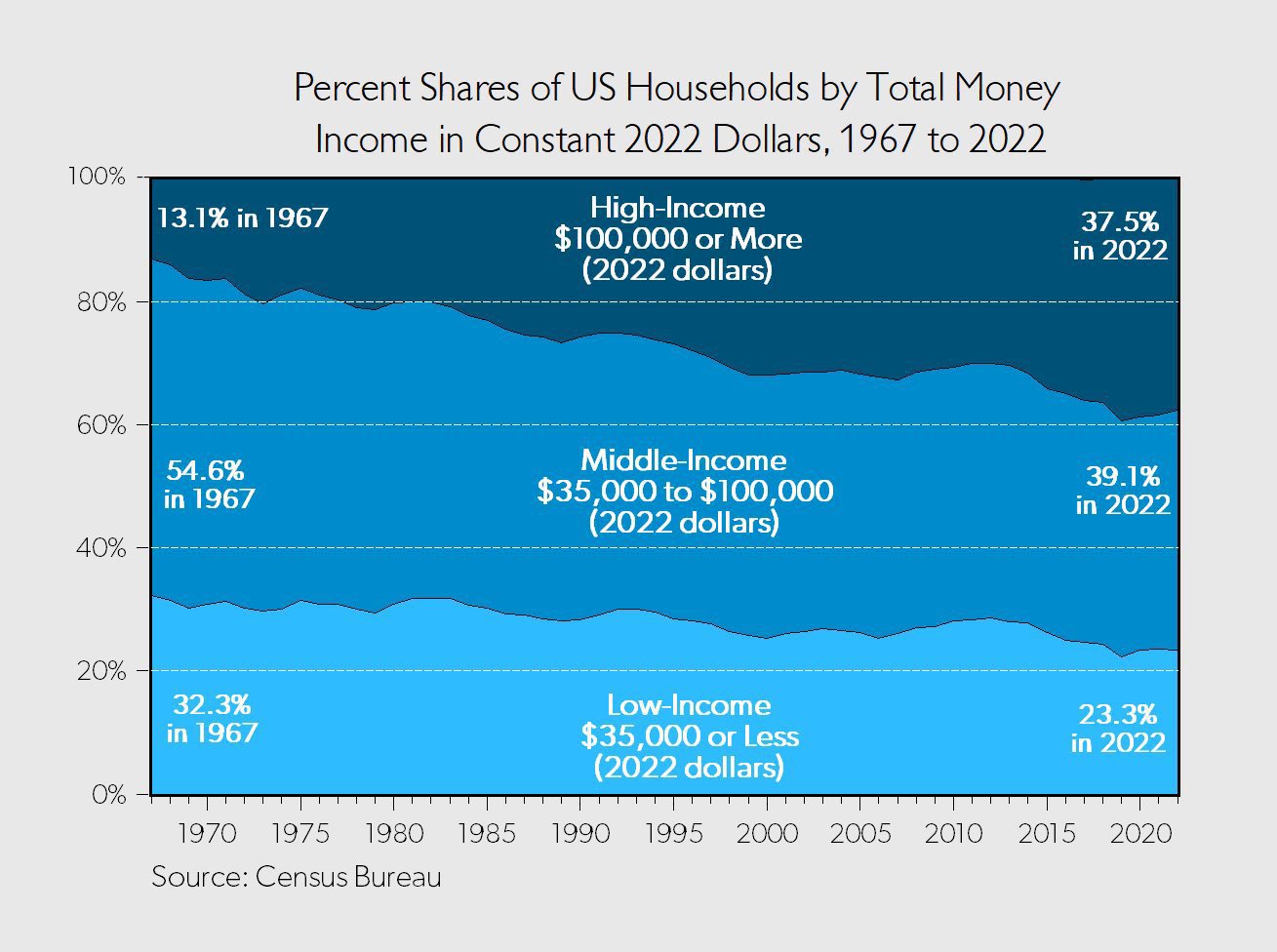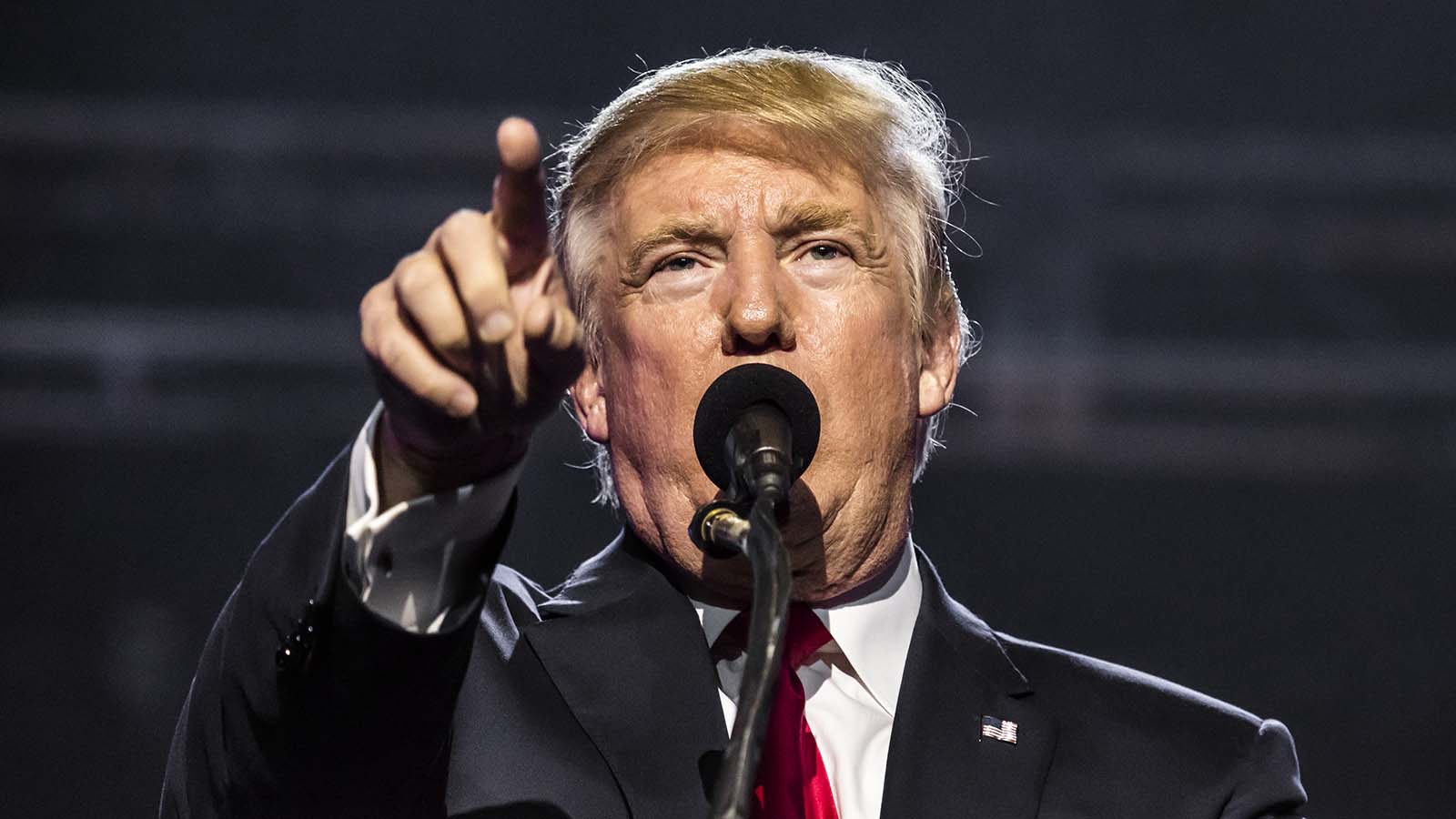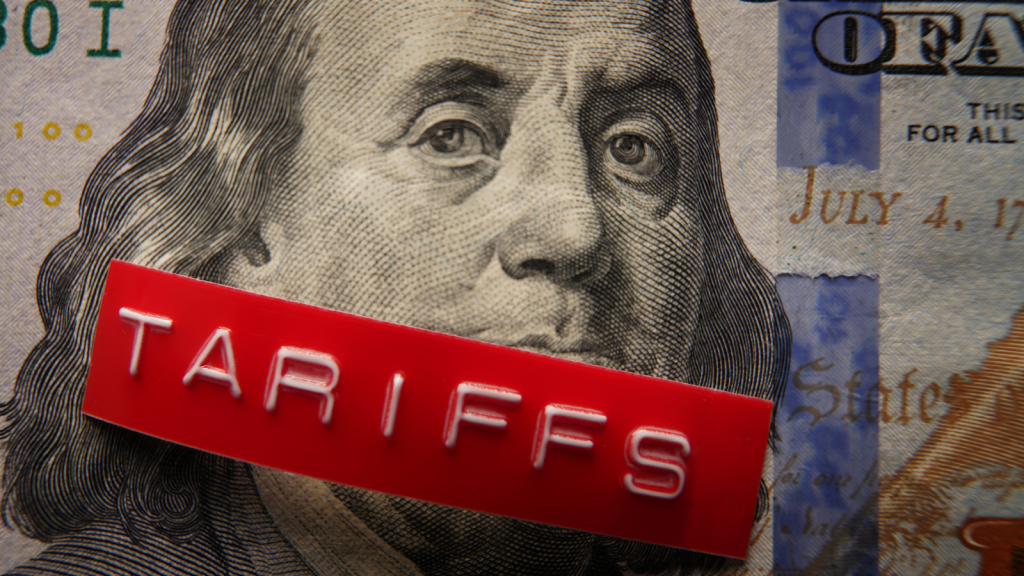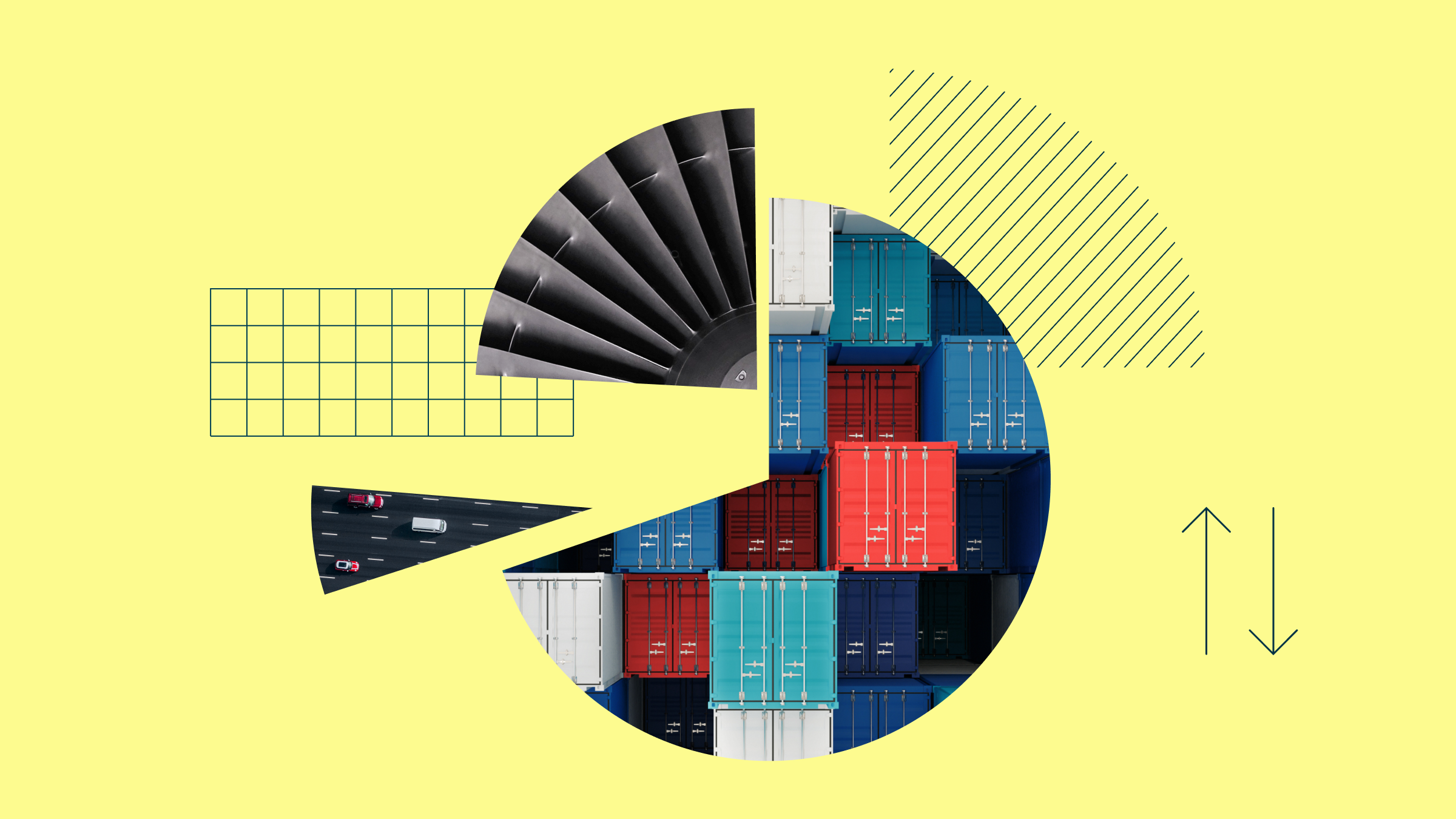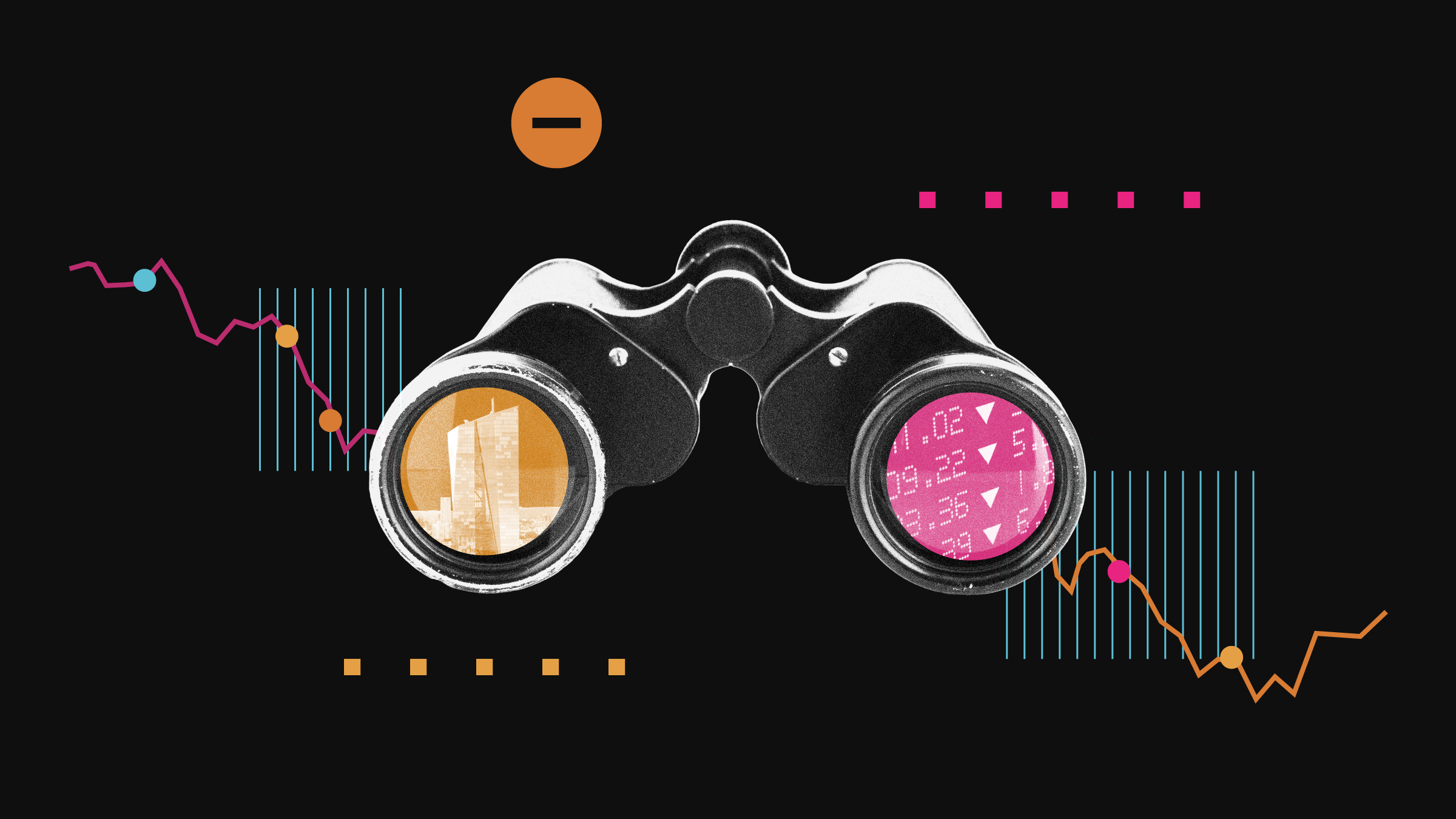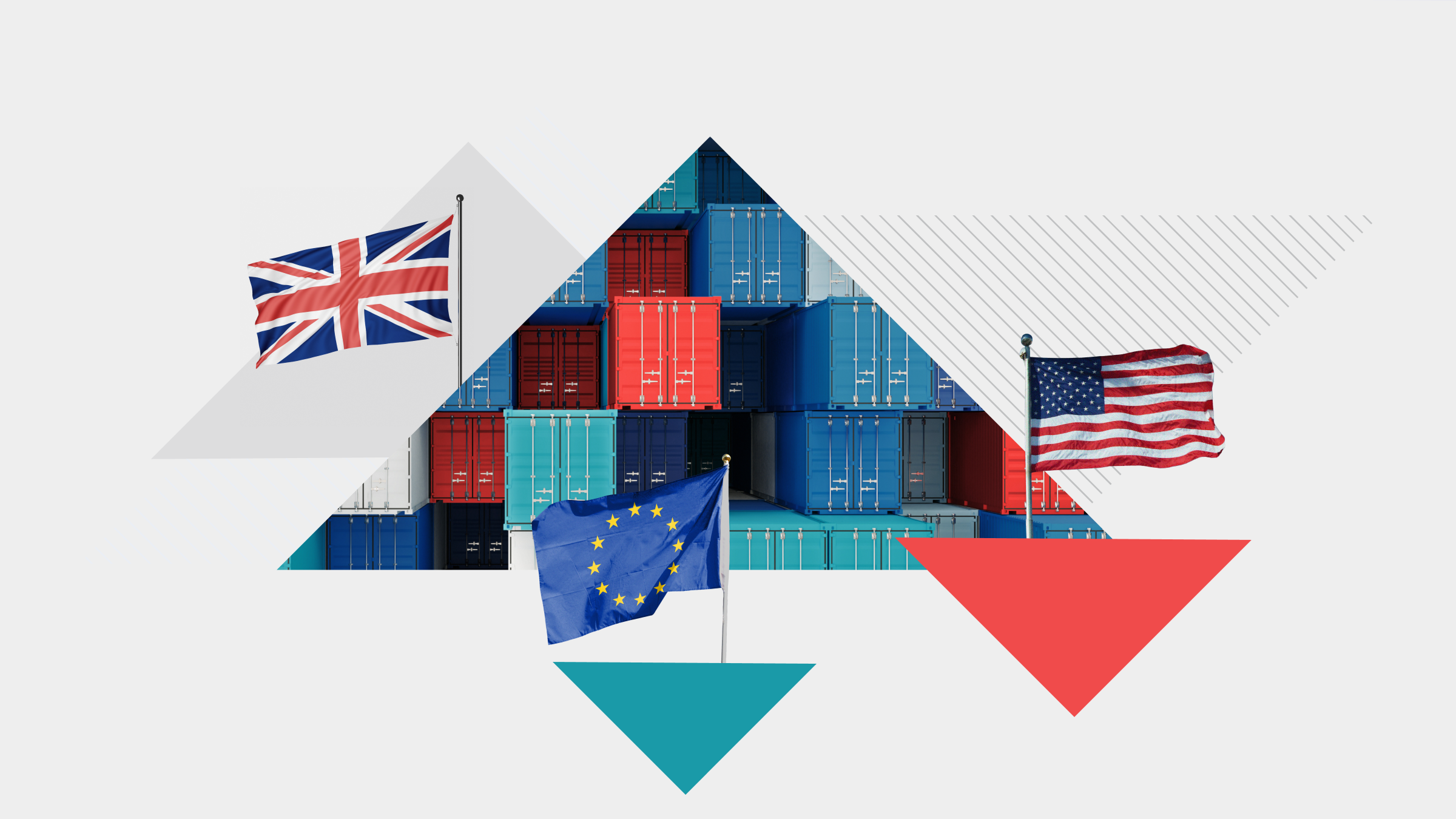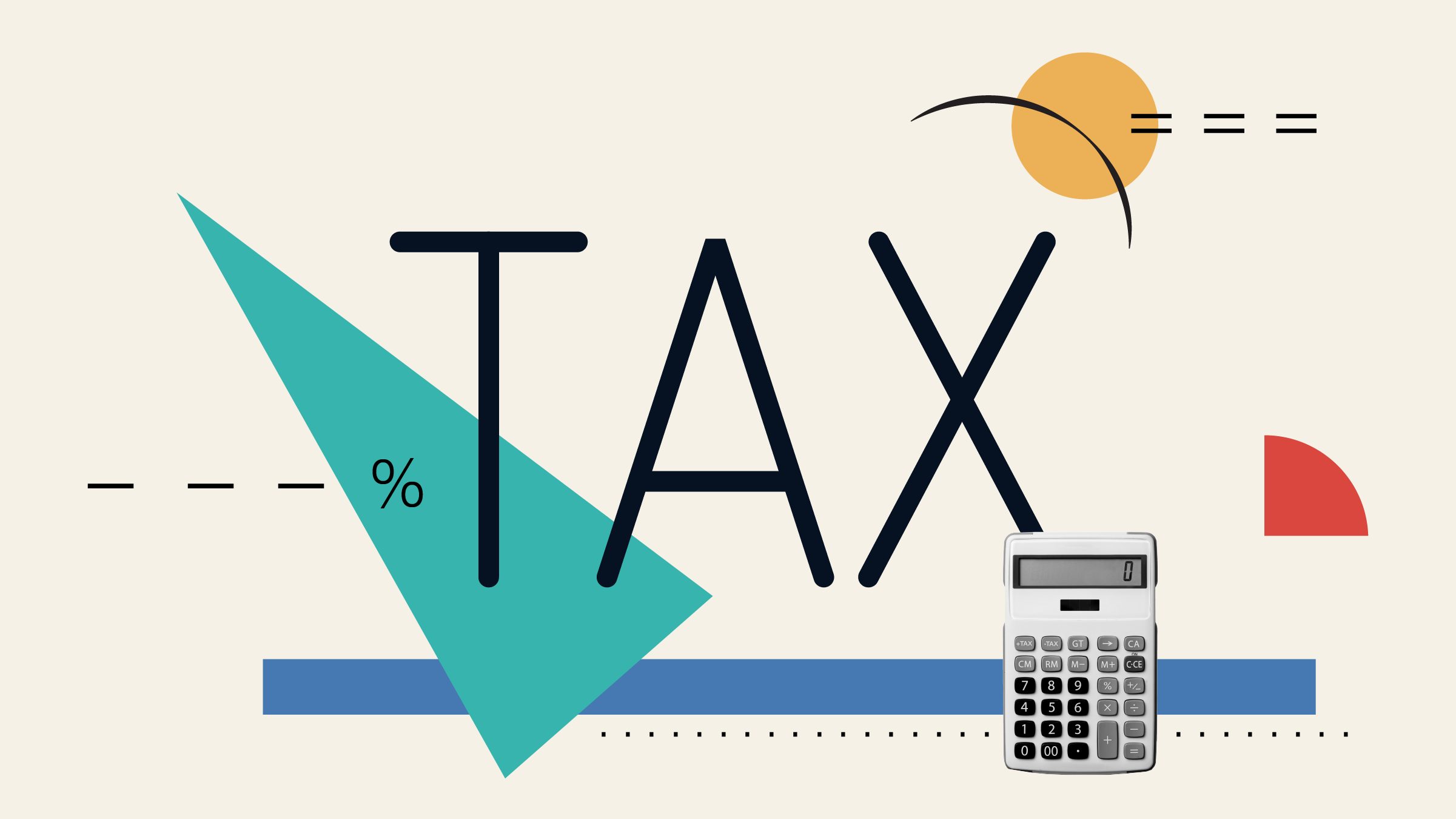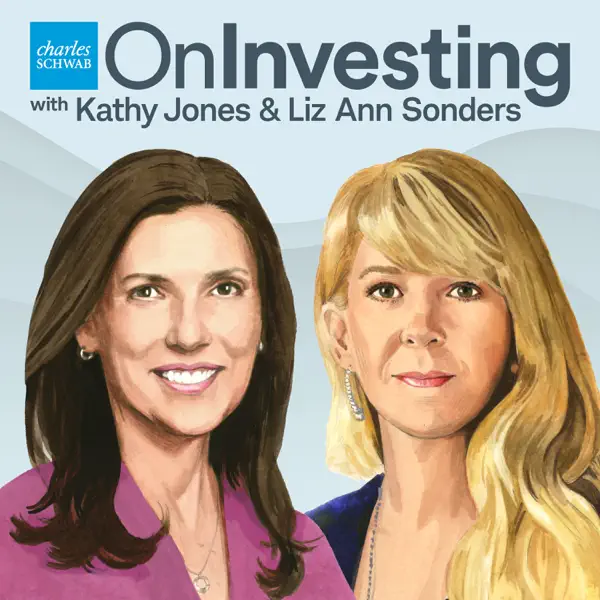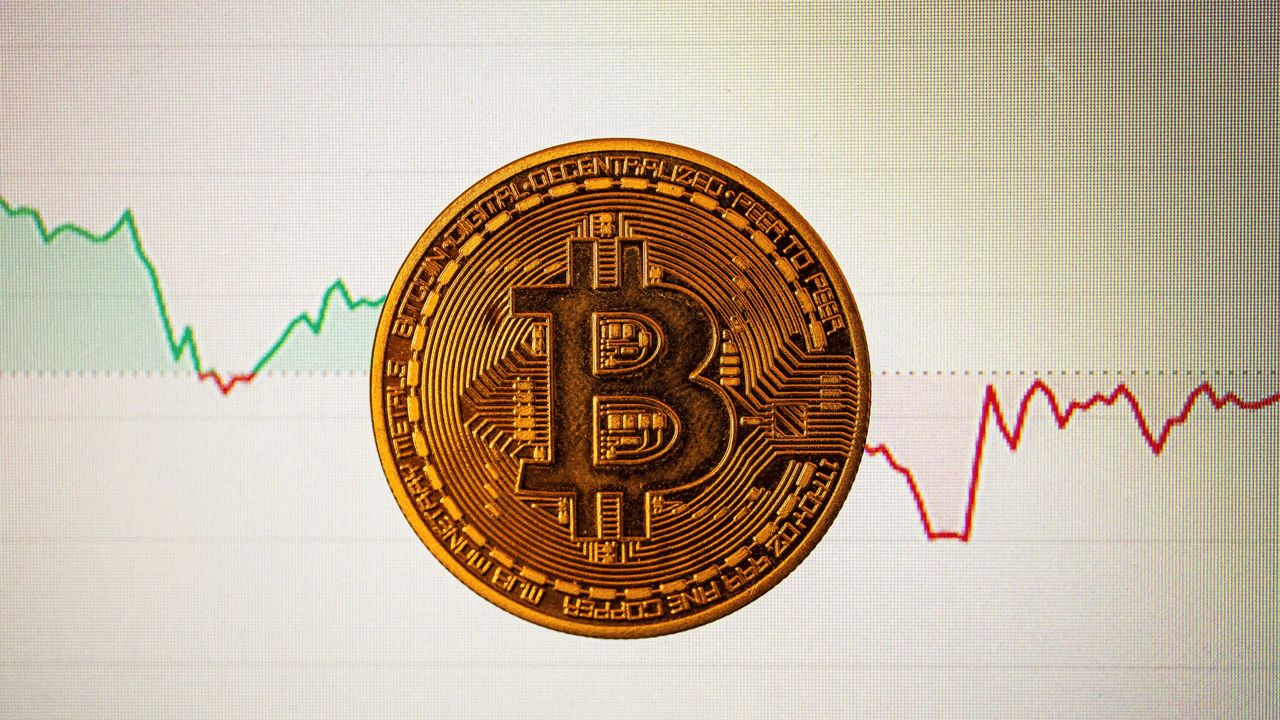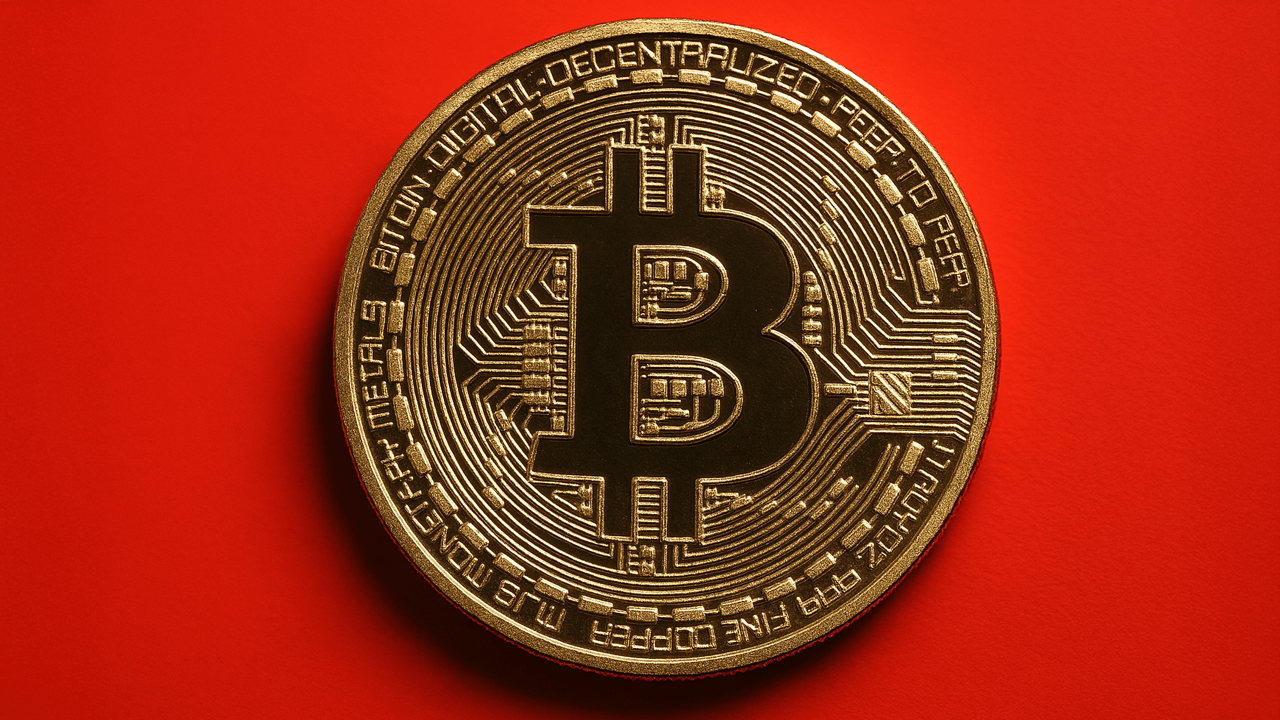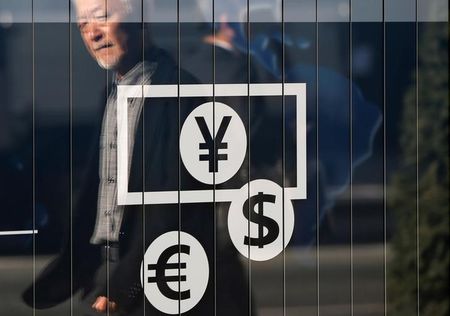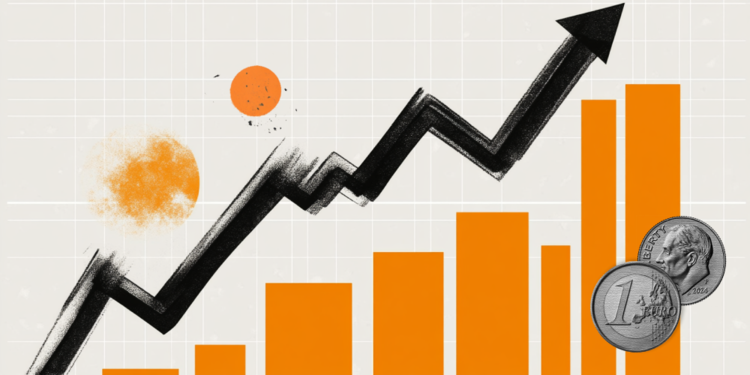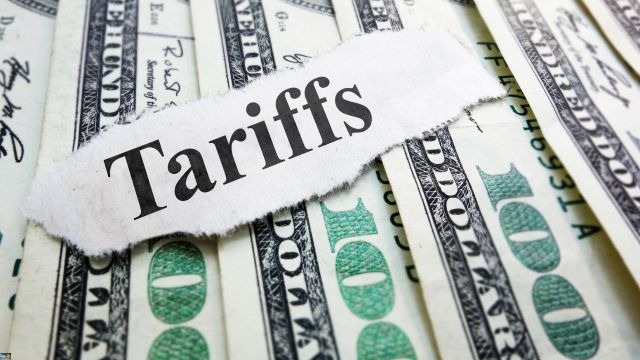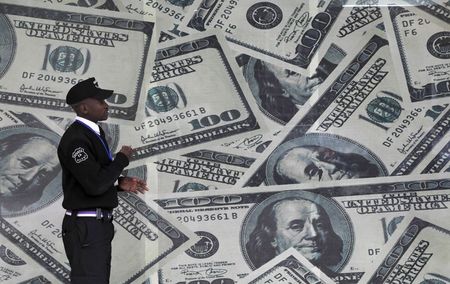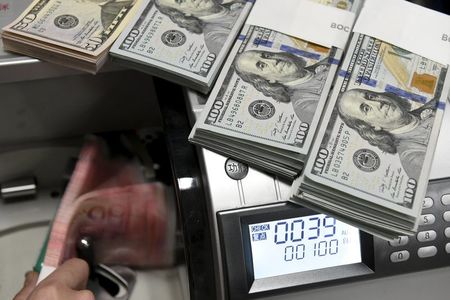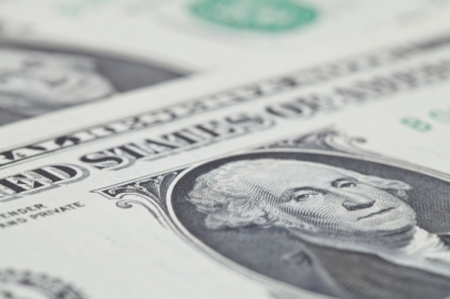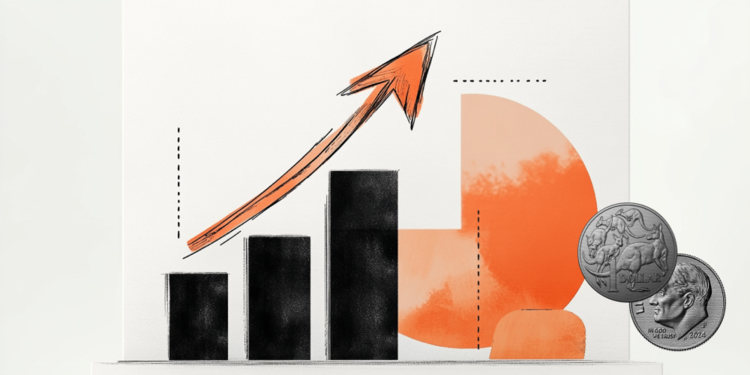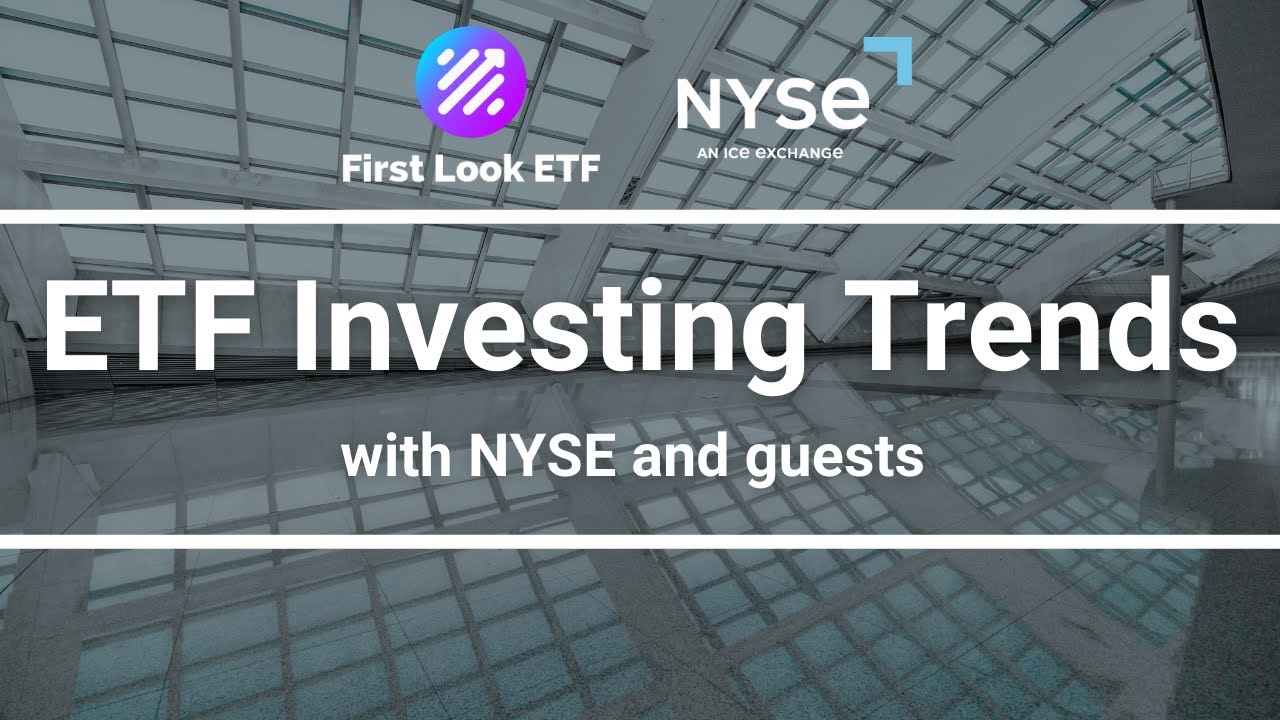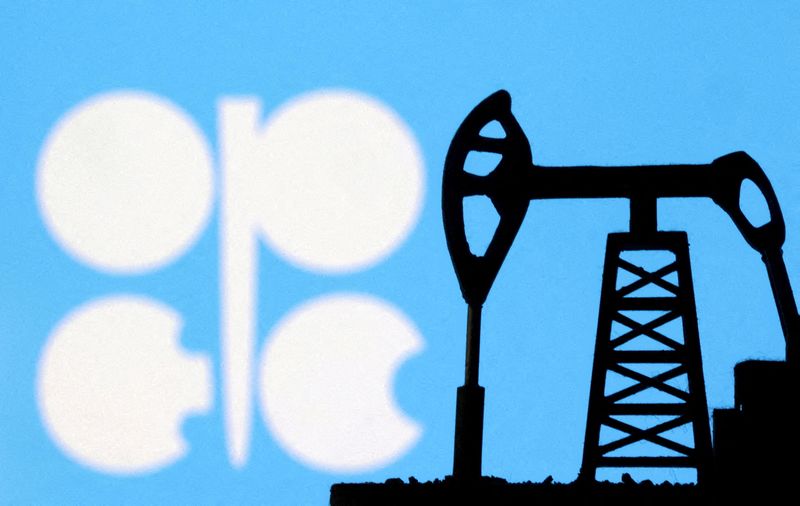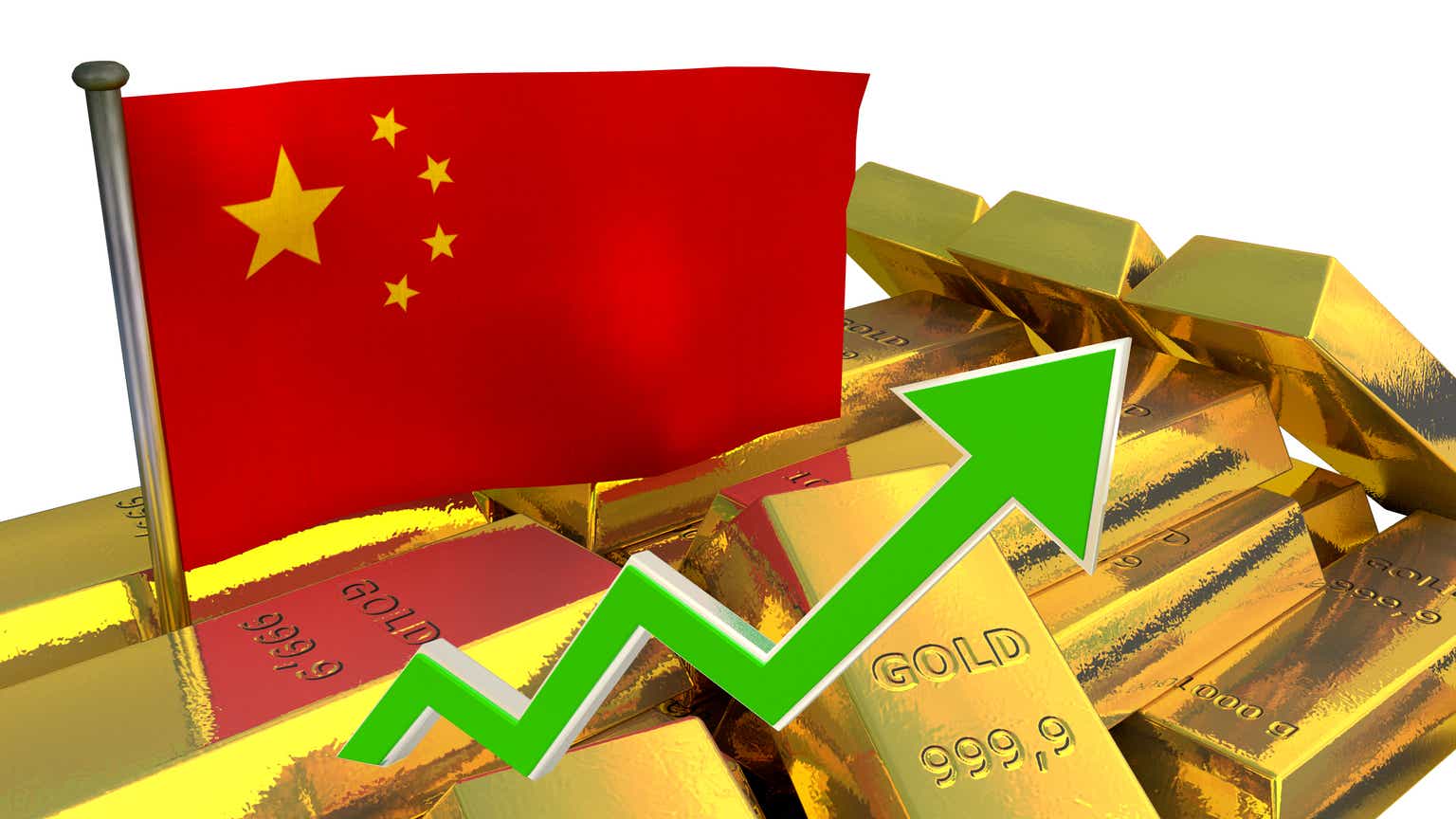Live Nasdaq Composite After-Hours: Tariffs Lead to Massive QQQ Sell Off
After weeks of market selling on fears that Donald Trump’s tariff proposals would push the United States economy into a recession, the Administration announced their tariff policies in an event branded ‘Liberation Day.’ The headline is that reciprocal tariffs range from 10% on countries like Singapore all the way up past 50% for other countries. […] The post Live Nasdaq Composite After-Hours: Tariffs Lead to Massive QQQ Sell Off appeared first on 24/7 Wall St..
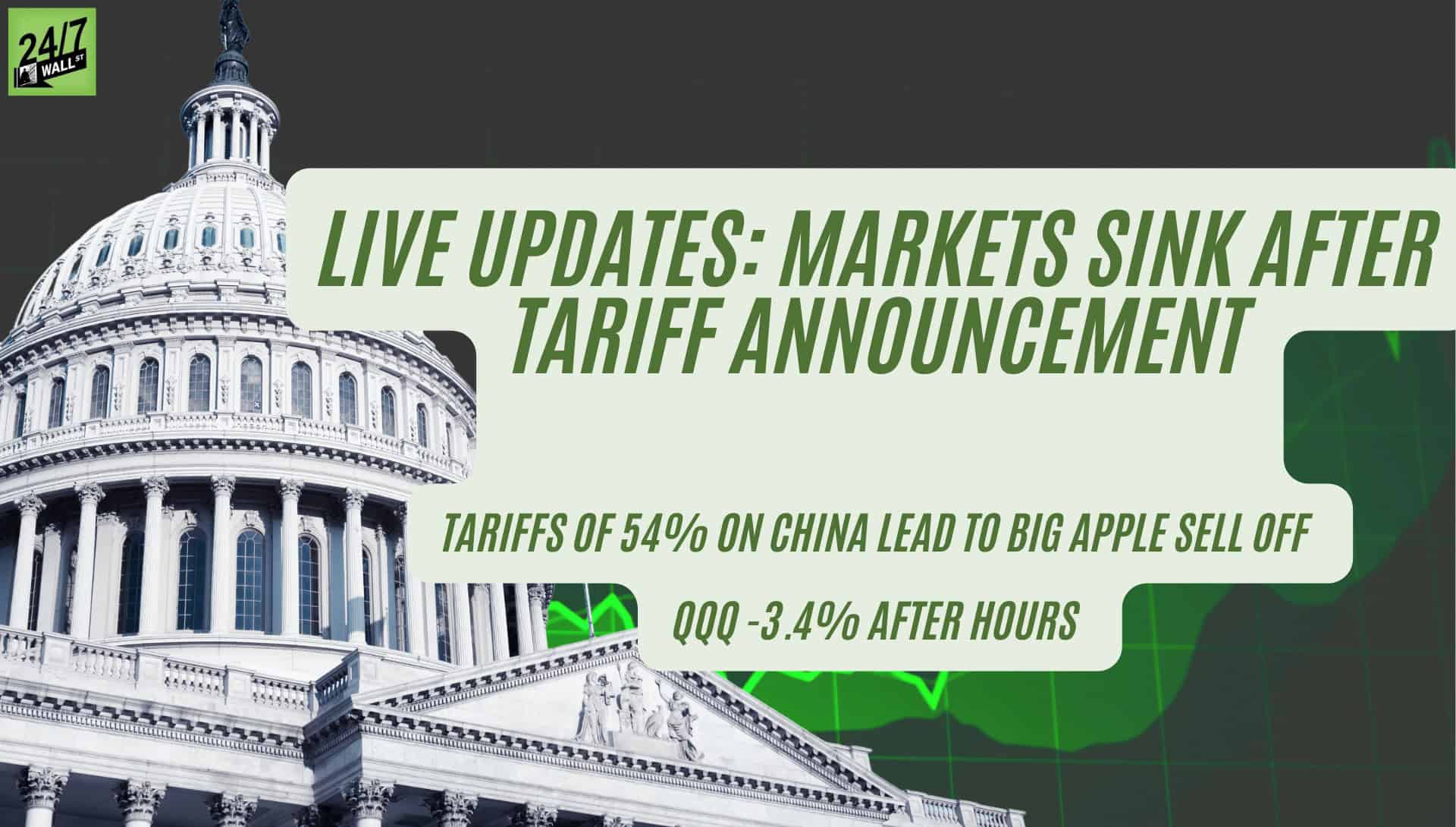
After weeks of market selling on fears that Donald Trump’s tariff proposals would push the United States economy into a recession, the Administration announced their tariff policies in an event branded ‘Liberation Day.’
The headline is that reciprocal tariffs range from 10% on countries like Singapore all the way up past 50% for other countries. For example, China now faces a 34% reciprocal tariff. The administration is quoting tariffs for other countries that include ‘currency manipulation and trade barriers’ and then applying roughly half the rate of that number.
Here’s a table with some selected countries:
| Country | Tariffs Charged to U.S. (As reported by President Trump and including currency manipulation and trade barriers) | U.S.A. discounted reciprocal tariffs |
| China | 67% | 34% |
| Japan | 46% | 24% |
| Singapore | 10% | 10% |
| Sri Lanka | 88% | 44% |
| Israel | 33% | 17% |
A couple of notes:
- Many companies aren’t listed in reciprocal tariffs. For example, neither Canada nor Mexico is listed.
- The tariffs are additive to previously announced tariffs. So China’s 34% is actually now a 54% rate because Donald Trump had previously announced a 20% tariff on imports.
- The tariffs charged to the United States figure in the above table is self-reported from the Trump Administration. Actual tariff rates from most countries listed are dramatically smaller, so it’s likely the Trump Administration is leaning heavily into currency manipulation and trade barriers to reach the reported numbers.
- Tariffs go into effect on April 9th.
- Other tariffs announced include 25% tariffs on auto imports that will begin at 12:01 a.m. Thursday.
How Are Markets Reacting
As of 5:25 p.m. ET, futures are falling after the announcement of tariffs. Selling is more ‘risk off’ with technology stocks and other riskier stocks being sold first.
- Dow Futures: Implied -.49% open
- S&P Futures: Implied -1.58% open
- Nasdaq: Implied -2.31% open
In addition, many popular ETFs are down even more than futures imply. The Invesco QQQ Trust (Nasdaq: QQQ) is down 3.43%.
Why are markets selling off? Simply put, the size of these tariffs is beyond expectations. Many market participants had hoped for something closer to a 10% tariff, which would have led to a market rally tomorrow.
However, the size of these tariffs shows that tariffs will remain a primary storyline throughout this year. It also increases risks related to the United States entering a recession and seeing inflation rise, which would limit the monetary responses from the Federal Reserve.
We’ll continue following the market’s reaction in this live blog.
The post Live Nasdaq Composite After-Hours: Tariffs Lead to Massive QQQ Sell Off appeared first on 24/7 Wall St..


